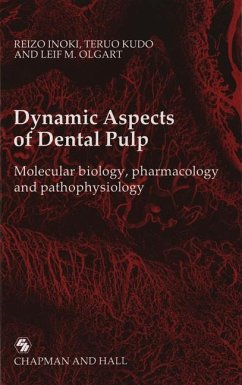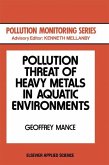Fishes are very successful vertebrates and have adapted to a wide range of environmental conditions, from the deep ocean to the smallest brook or pond. The physiological background to these environmental adaptations is, obviously, far from clear, and provides fish physiologists with many challenges. The number of extant fish species has been estimated to be in excess of 20000, and only relatively few of these have been subject to physiological studies. Yet among these animals can be found many physiological systems different from those of the land-dwelling vertebrates, and also systems similar to those of the 'higher' vertebrates but at a different level of phylogenetic development. Apart from the rapidly increasing interest in basic fish physi ology, the last few years have seen a dramatic increase in applied research, aimed primarily in two directions: fish culture and envi ronmental toxicology. Physiological research is of vital importance in both these fields, and basic fish physiology is a necessary base for the applied research. This book is intended for a wide readership among senior undergraduate, postgraduate and research students, as well as uni versity teachers and researchers in zoology, physiology, aqua culture and biology generally. The book focuses on five major areas of basic and applied research: haemopoiesis, acid-base regu lation, circulation, gastro-intestinal functions and physiological toxicology. The chapters will serve as introductions to these fields, as well as up-to-date reviews of the most recent advances in the research areas.








